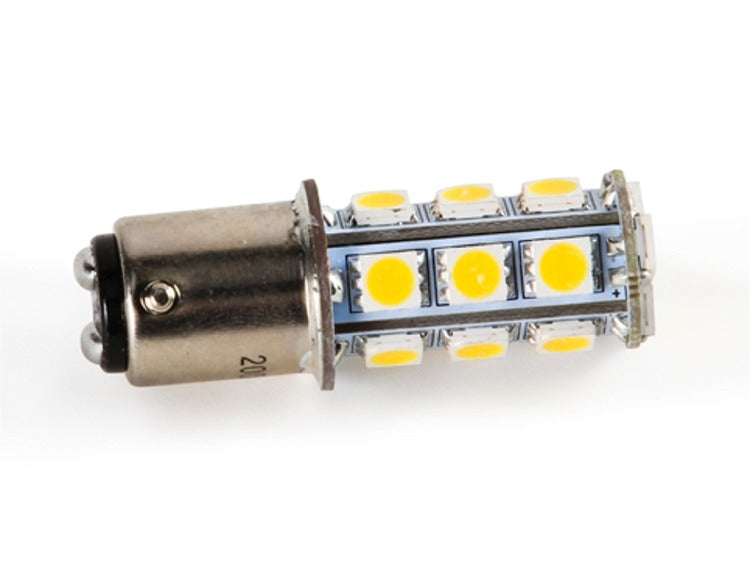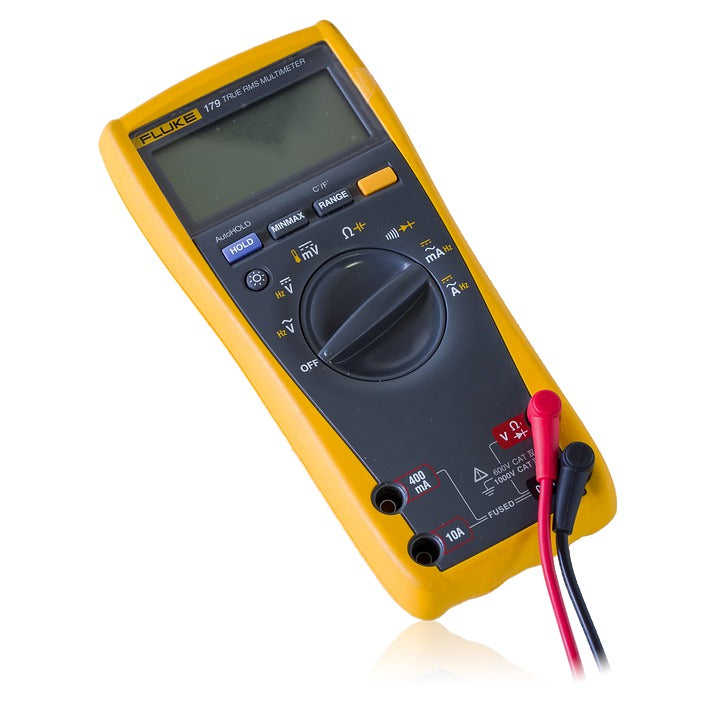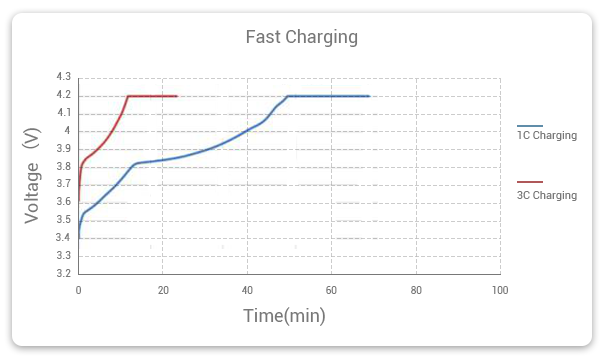If you're using a power inverter, then switching to LED bulbs is the only way to go. It will make all the difference in the world.
How much difference?
A 60 watt LED bulb equivalent to a 60 watt incandescent bulb will only draw about eight watts. If that's over your head what it means to you is more runtime from your battery or more lights, the choice is yours. You could power seven 60 watt LED bulbs with the amount of power one 60 watt incandescent bulb uses and still not be drawing quite as much as that one incandescent bulb was using.
But wait! There's even more advantage to switching to LED light bulbs. The LED bulbs are not only efficient. They will last for years. Even the real cheap LED bulbs I bought have worked well. If you are using an inverter you want to switch all of your bulbs to LED. To show the power savings I powered one with an inverter for a half hour using the reBel 6AH battery and was still above 13V at the end of thirty minutes. The same test done using a 60 watt incandescent bulb for thirty minutes used half of the batteries capacity. With the LED bulb the inverter was drawing less than an amp. With the incandescent bulb it was drawing just under five amps.
Using a large capacity battery, like a 12V 100AH LiFePO4 would allow you to run LED lights and small electronics for days potentially!
As for using a modified sine wave inverter? I used one for the test and yes it does work but the base of the bulb got quite warm. How much if any warmer than it would get on regular household power I don't know. That bulbs base also gets warm when on regular household power but that's not the only issue. Being a modified sine wave I'm sure the light wasn't as bright and I could hear a slight buzzing sound from the light. That might not matter to you if you're only using one bulb but if you were powering three or four the sound could get annoying and modified sine wave power will probably shorten the life of the bulb. It might even burn some out right away.
As I said earlier a modified sine wave inverter will power LED bulbs, but, I don't recommend you use one with them. Save yourself a lot of future possible risk of fire or early failure of equipment and buy a pure sine wave power inverter. Today you can buy one for a very reasonable price and some of them actually produce better power than you have at home.
If you decide to power your LED bulbs with a modified sine wave inverter a in spite of the possible risks a word of caution. I would think twice before leaving any of them on when you're not home. You might get away with it but Modified sine wave power is inefficient. It's great for powering some things like incandescent light bulbs, anything with a heating element or a brush motor and even some televisions work well on that kind of power. But other electronics operate very inefficiently on it and will heat up if on for more than a few minutes.



